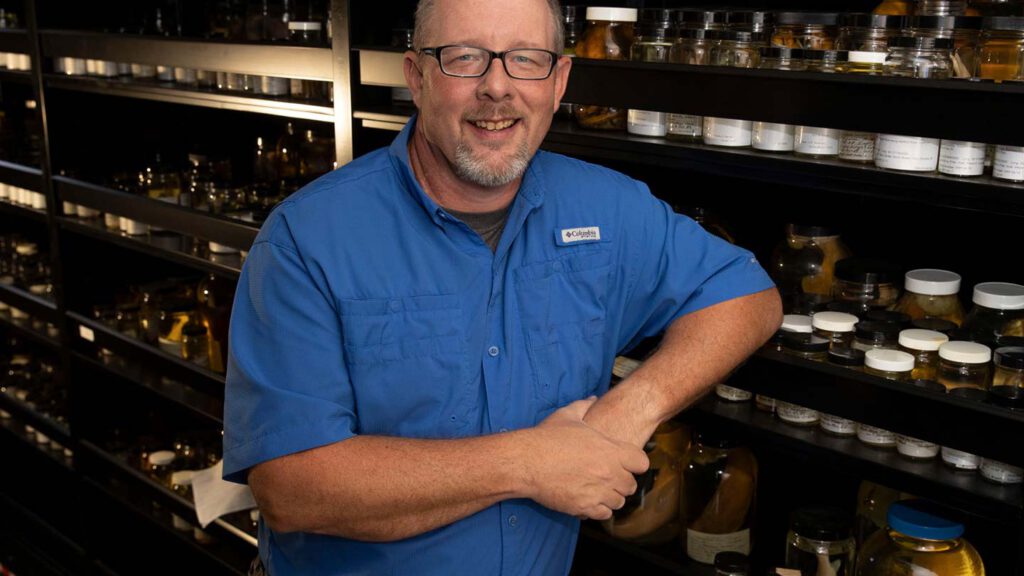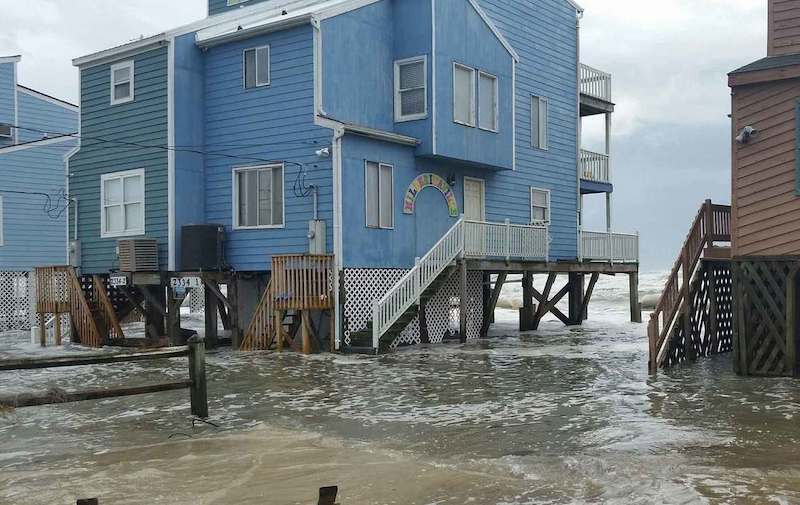News
Southeastern Louisiana University Professor awarded three-year, $400K grant by National Science Foundation

Making data available to the general scientific community
HAMMOND, LA (WGNO) – A specialist in the diversity of fishes at Southeastern Louisiana University has been awarded a grant of $409,200 by the National Science Foundation.
Professor of Biological Sciences and ichthyologist Kyle Piller received the three-year grant to improve the Southeastern Vertebrate Museum. The project will focus on curation of existing museum specimens and tissue samples, digitize and georeference specimen data, and integrate the data with online repositories, making the data available to the general scientific community.
“Southeastern has Ichthyology and Herpetology collections that initially were developed for teaching and research in the 1950s,” said Piller. “The bulk of the collection is comprised of fishes – more than 120,000 specimens and over 7,000 tissue samples – with the majority of the specimens from the Lake Pontchartrain Basin in southeast Louisiana and, more recently, from throughout Mexico and Central America. We also have an ever-growing herpetology collection, part of which was recently obtained from the orphaned Tulane University herpetology collection.”
“The grant will be truly transformative for our Ichthyology and Herpetology collection at Southeastern,” said College of Science and Technology Dean Daniel McCarthy. “The museum is much more than a collection of jars to look at; rather, it contains a record of the reptiles and fishes from our region from decades ago, which will prove to be an invaluable resource to scientists studying this ecosystem. Furthermore, the educational outreach component of the grant will expose thousands of students to the importance of reptiles, amphibians and fish to the Gulf Coast.”
The project, Piller said, will revitalize interest in the natural world by using natural history collections to highlight the unique organismal diversity in Louisiana and beyond. Southeastern personnel will develop a traveling fish, reptile and amphibian program titled “The Bone Sheaux.”
“This outreach program will be used to stimulate interest in organismal biology to K-12 students in southeastern Louisiana, which includes some of the most impoverished parishes in Louisiana,” he said. “A permanent loan will also be made available to Southeastern’s field station, Turtle Cove, which hosts more than 3,000 visitors annually for public outreach and teacher training workshops.”
“Although the bulk of the vertebrate museum is comprised of fishes, with five herpetology research oriented faculty on staff and herpetology oriented graduate students in the department, the herpetology collection will continue to grow in the coming years, as our specimen growth primarily has been a by-product of ongoing research and thesis projects, as well as for specimen usage in the classroom,” he explained.
Piller said a natural history museum course will be developed for Southeastern’s undergraduate students to provide them training in museum curation and specimen preparation.
“This team-taught course will focus on collection care and curatorial techniques, and will give students first-hand experience in a research collection,” he explained. “The course will culminate in the development of a museum website and a small working museum exhibit that will be displayed in the lobby of the biology building.”
Well-curated collections have and will serve the scientific community for decades to come, Pillar said, and the value of scientific collections and data they contain are becoming increasingly important as major initiatives push the bounds and usefulness of museum data.
“Beyond hard-core science initiatives, natural history collections represent reservoirs of knowledge that need to be promoted and publicized to the general public,” he said. “Southeastern has specimens with scientific value, and this study will assure that these specimens are curated and available for study by the scientific community.”


